There is nowhere on earth quite like the Galapagos. The sheer diversity of wildlife draws travelers from all over the globe to experience a once-in-a-lifetime trip.
With a natural spectacle occurring every month of the year, there’s no wrong time to visit the Galapagos. However, if you want to see something specific – like the hatching of giant Galapagos tortoises – you should plan your trip accordingly. Aracari can create custom itineraries that take in the wildlife events you want to experience, and offer advice on the best time to visit.
Here is a month-by-month breakdown of nature’s highlights on the Galapagos Islands:
Galapagos Wildlife in January
There are six subspecies of marine iguana spread about the Galapagos. On Española, you’ll find the most colourful; the Christmas Iguana. January is breeding season for marine iguanas and this is when the Christmas Iguana turns bright red and green in order to attract a mate.
Galapagos Wildlife in February
February marks the beginning of flamingo nesting season on Floreana Island. Flamingos gather in groups to perform an elaborate dance and show off their bright pink primary feathers as part of their mating ritual. Witnessing this ritual is a truly unforgettable experience.
Galapagos Wildlife in March
In March, the Galapagos albatross starts to arrive back on Española after several months away. With a wingspan of up to 2.5 meters (8.2 feet) it is the largest bird in the Galapagos. This bird can only be found on Española and one small island off the central coast of Ecuador.
Galapagos Wildlife in April
The first green sea turtle hatchlings begin to emerge in April. At night, one can see hundreds of tiny turtles cross the beach. Pacific green sea turtles can be found on Isabela and Fernandina islands.
Galapagos Wildlife in May
In May, bird watchers can witness the brilliant and slightly quirky mating ritual of blue-footed boobies. The male will show off his feet in a carefully choreographed dance. The color of his feet is of particular importance to a potential mate as the shade indicates how well he can feed himself. A turquoise blue indicates that he can source plenty of food.
Galapagos Wildlife in June
More magnificent bird watching can be enjoyed in June. On North Seymour Island, the frigate birds begin to display their vibrant red pouches. There are two different species of frigate bird coexisting on the island; the great frigate and the magnificent frigate.
Galapagos Wildlife in July
July offers the best chance to see whales and dolphins in the Galapagos. They are more easily spotted off the west coast of Isabela. 24 species of dolphin and whale call the Galapagos home, including Orca, Blue Whale and Bottlenose Dolphin.
Aracari can arrange guided sailing trips that allow you to get up close and personal with these wonderful creatures.
 Galapagos Wildlife in August
Galapagos Wildlife in August
The Galapagos hawk is the largest and most prolific bird of prey in the archipelago. It sits at the very top of the food chain, dining on lava lizards, iguanas, tortoise hatchlings and sea turtles. The hawks vary widely in size depending on where they live, wingspans range from 1.1 meters (46 inches) to 1.4 meters (55 inches).
In August, breeding season begins. You’ll find hawks on the islands of Española, Santiago and Fernandina. In August you will also be able to witness one of the most awe inspiring sights in the Galapagos, and that is the Galapagos Albatross mating dance.
Galapagos Wildlife in September
In September, travelers can enjoy the company of Galapagos penguins. They are especially active on Bartolomé Island where scuba divers often find themselves with unexpected but quite delightful company.
Of the 18 species of penguins, Galapagos penguins are the rarest. They are very small, weighing about two kilograms. Unlike other penguin species, they have no set breeding season and can lay eggs up to three times a year.
 Galapagos Wildlife in October
Galapagos Wildlife in October
Fur seal breeding begins in October and continues through to December. The Galapagos fur seal may be the smallest of all seal species, but they are no less brilliant. You’ll find groups of them on Fernandina, Isabela and Santiago.
Galapagos Wildlife in November
The Galapagos sea lion pupping (birthing) season starts in August. By November, the pups are more active and begin to interact with divers in the waters around Champion Island.a
There are around 20,000 sea lion in the Galapagos. They are amazing divers, plunging down to 580 meters (1,900 feet) in the hunt for food.
 Galapagos Wildlife in December
Galapagos Wildlife in December
Between December and April one of the most exciting natural events occurs on the Galapagos; the hatching of giant tortoises.
Weighing up to 250kg (550 lbs), the Galapagos giant tortoise is the large living tortoise species in the world. They grow very slowly, and often live well over 100 years.
Galapagos tortoises can be seen on many of the islands, and fascinatingly, their shell is shaped by where they live.
There are even more natural spectacles than we have space to write about here; you’ll just have to experience the majestic Galapagos Islands for yourself.

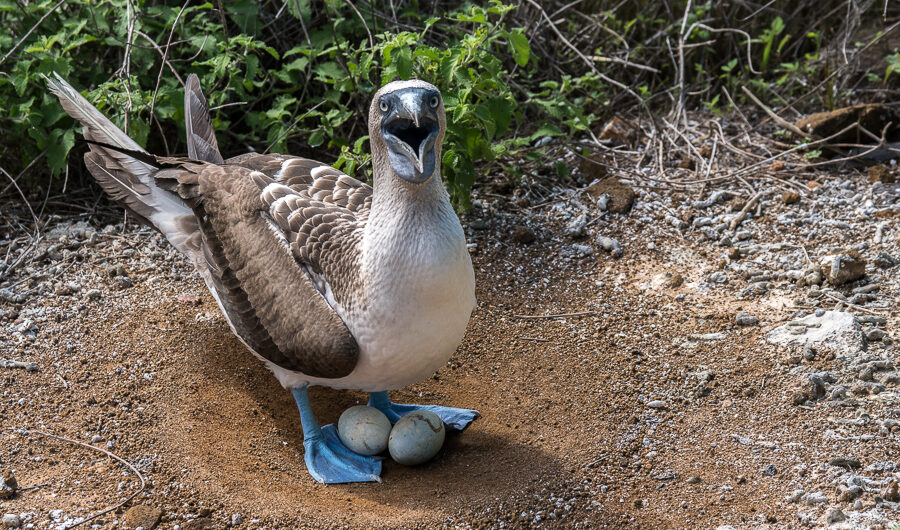
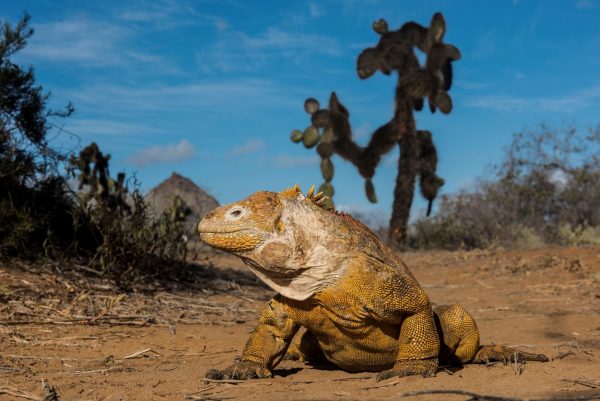

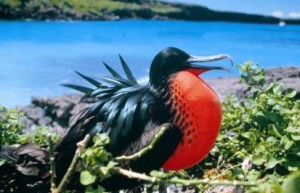
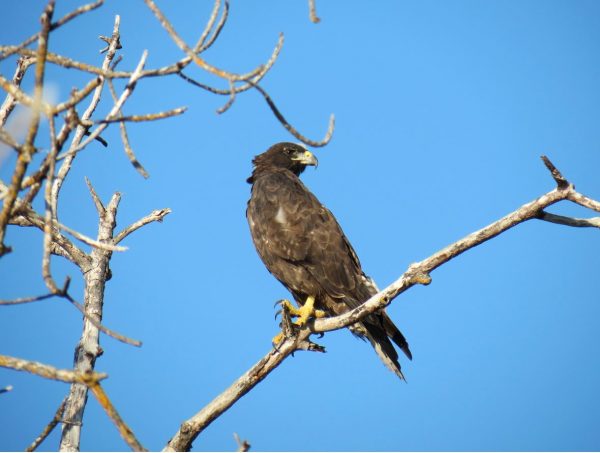 Galapagos Wildlife in August
Galapagos Wildlife in August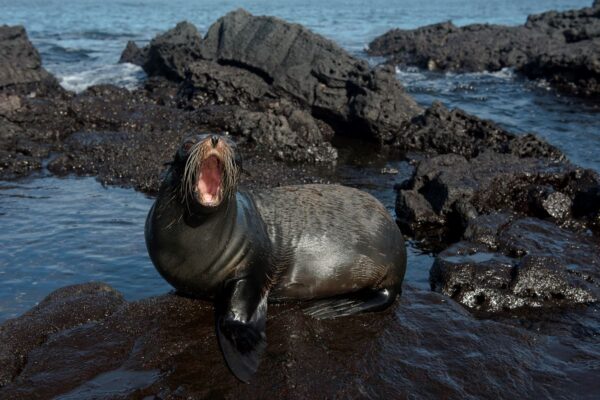 Galapagos Wildlife in October
Galapagos Wildlife in October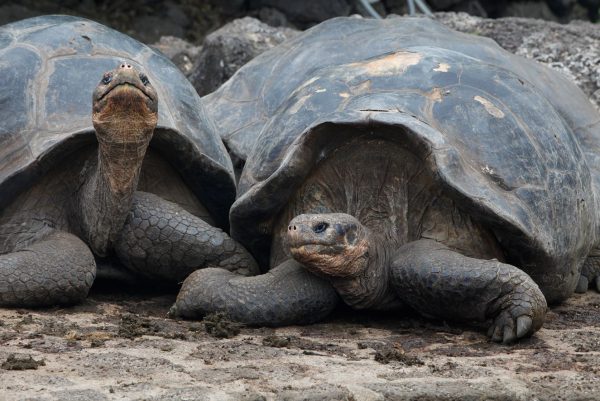 Galapagos Wildlife in December
Galapagos Wildlife in December